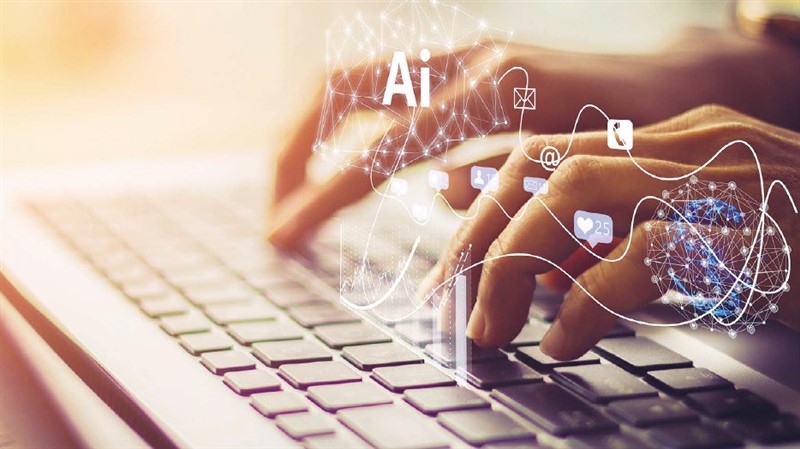Banker's Digest
2021.10
The ABCs of Digital Transformation are Not so Basic

On August 20, TABF held an online International Fintech Conference featuring the ABCs of digital transformation – AI, blockchain, and cloud. These three elements naturally cover the statistical, financial, and computational aspects of digital transformation, respectively, each of which is an entire field into itself. Financial institutions will need to understand each of these concepts, and certain firms will develop niches in one or more of these areas. The AI segment was represented by the global accountancy firm KPMG. Lem Chin Kok, Head of Forensic, Asia Pacific, used several cases to describe the benefits of automated data mining. One case used unsupervised learning to guide alerts. Rather than starting with the result to be determined, it simply finds patterns among cases before feeding the resulting clusters to a rule-based system, which tailors risk thresholds for each cluster. A separate case used AI to drastically reduce false alerts. A system that finds every target case is useless if it forces humans to sort through a massive amount of false positives, which both takes up time and reduces energy available to improve the system. A third case demonstrated the role of technology to improve the customer experience, enhance the audit trail, and reduce overall risk by standardizing decisions. These benefits may not be obvious if the motivation is simply to improve existing processes. "Using AI to supplement applications from 20 years ago is like attaching a rocket to a bicycle in order to go to Mars,” says Mr. Lem. Instead, the main purpose of technologies is to discover new sources of value. The blockchain aspect of digital transformation was represented by ConsenSys, the world’s leading pure-play blockchain company. ConsenSys specializes in decentralized finance (DeFi) powered by smart contracts on Ethereum. DeFi represents “financial primitives” such as stablecoins, borrowing, lending, insurance, derivatives, and securities on top of the settlement layer (blockchain) and decentralized exchange (DeX) layer, and below the application layer of decentralized applications (DApps). DeFi has grown explosively, from about 100,000 unique addresses in January 2020 (representing users) to over 1.2 million in January 2021. The leading DeX Uniswap supports 36,000 trading pairs, compared to 2,800 pairs on the NYSE over its 228-year history. This trend requires close attention by banks. "If blockchain is seen as tactical, not strategic,” explained Charles d'Haussy, APAC Managing Director of ConsenSys, “a lot of the business will go to the tech companies instead of the banks." Cloud transformation is never complete Finally, Lin Yiping, General Manager of the Consulting Group of Microsoft Taiwan, introduced the cloud segment of the talk. Cloud migration is not just a technology process, but also involves higher-level business decisions about governance, data lifecycle, and architecture. Governance is receiving increasing attention recently, and involves questions like data integrity, privacy, and security standards. Data lifecycle involves the important question of who “owns” the data, as well as retention and communication between systems. Architecture, on the other hand, means “managing the container,” and includes issues like permissions and metadata. Many such issues fall beyond the purview of management strategy, but architecture can become important when it comes to incompatible systems from acquisition targets. Financial holding companies typically contain banks, securities companies, and insurers, whose systems frequently aren’t streamlined. Cloud transformation is an incremental process, driven by financial and business objectives. Banks may choose to start with certain units and processes before building more developed pipelines and processes. At the final, mature stage, the time to create innovative new business processes is significantly decreased, and risk control can be fully managed online. Intelligence-driven organizations build deeper relationships with the customers through customer signals, improve their efficiency through operational data, improve their products through telemetry, and improve the effectiveness of their employees through feedback. The presentations in the conference reinforced the reality that digital transformation is not a one-dimensional process, akin to updating an IT system or upgrading graphics. To the contrary, it means acknowledging and developing strategic responses to an entirely new competitive landscape.



